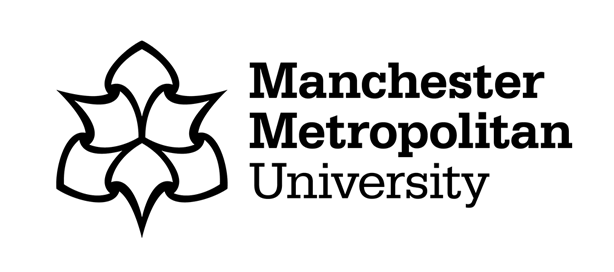
Charlotte Arculus’s image ‘Illuminating Arts Practices in Early Childhood with More-Than-Human Technologies’ was shortlisted in the postgraduate researcher category of the 2020 Images of Research competition. You can see the celebratory brochure and find out about the 2021 competition, launching soon, by visiting the website: https://www.mmu.ac.uk/research/research-study/events/images/
In this post, Charlotte explains the context for her shortlisted photo.
The image is from an immersive environment for two-year-olds. This was part of my doctoral project, More Than Words, which aims to reconceptualise understandings of young children’s communication through improvisational arts practices. I worked with Dance Artist Anna Daly and Martenscroft Nursery School in Manchester, sharing artistic and educational practices over several weeks, culminating in creating this gorgeous installation in the drama studio at MMU. Using music and dance with materials such as silk, string, and light, children, parents, artists and educators adopted a practice of stripping back talk in order to tune into the multiplicitous encounters and communications that are going on between children and the world.
My immersive environments offer multiple, varied and open-ended ways to engage. There is no set way in which people – children or adults – are expected to engage. Just a loose timetable of discoveries and transitions in light and sound. Many things are happening simultaneously yet related through the affects, textures, sonics, bodies and movements of the space.
I used a 360˚ video camera to create audio/visual data and this image is taken from the moving footage. This more-than-human technology observes in ways radically different to ‘framed’ video. It helps to makes tangible young children’s entangled knowledge through relation and movement in ways that are not perceptible to the adult gaze or traditional video technology. I also used a very low tech CCV camera on a little trolley that children played on and rolled around. It’s grainy, close up footage and is the perfect counterpoint to the panoptic gaze of the 360˚ camera. Between these two sets of camera data along with short clips taken by nursery practitioners I am able to find rich, surprising and unexpected ways of sensing the data and the heterogenous, multi-dimensional ways in which young children are in conversation with the world.
I am delighted to have been shortlisted in the Images of Research 2020 competition, as it helps to make the knowledges and worlds of our youngest children more visible.


